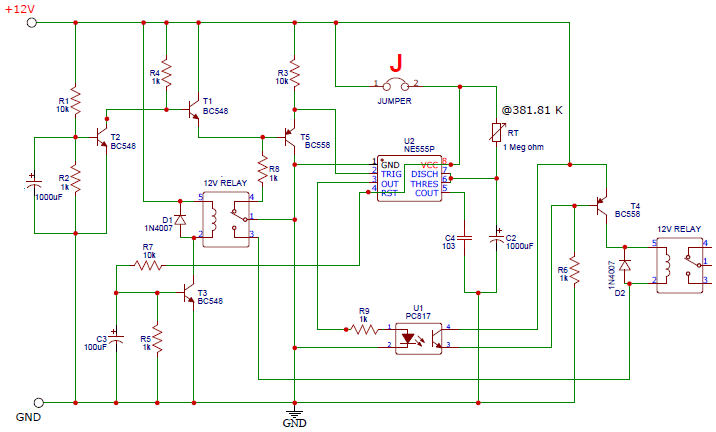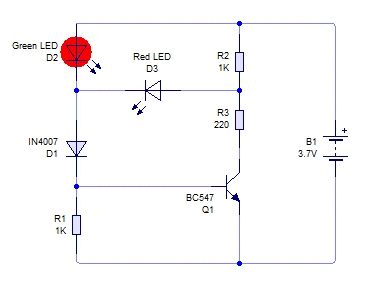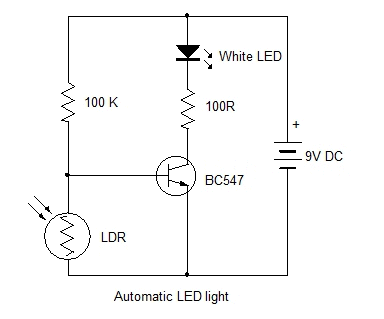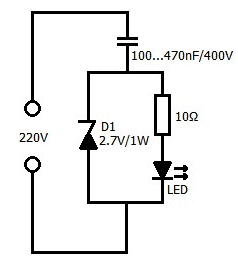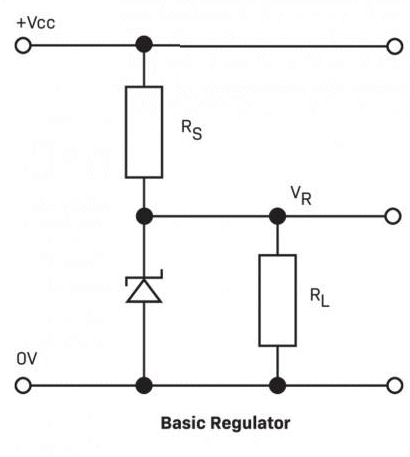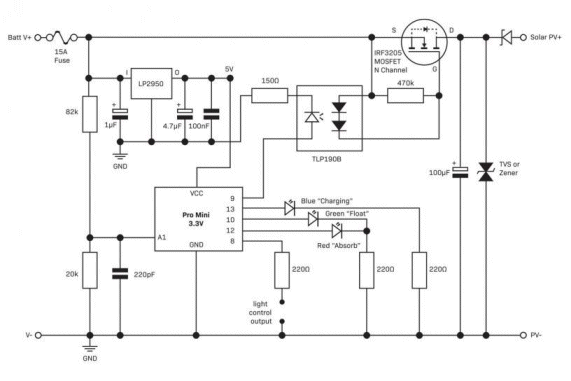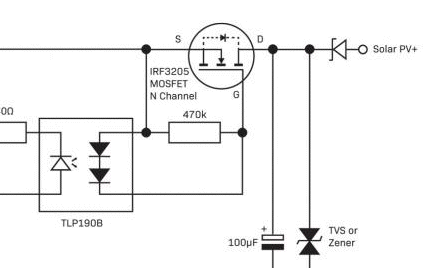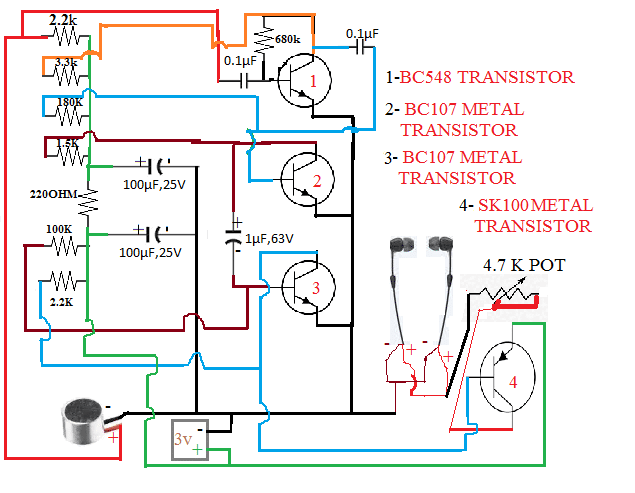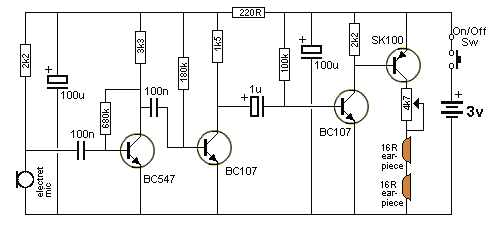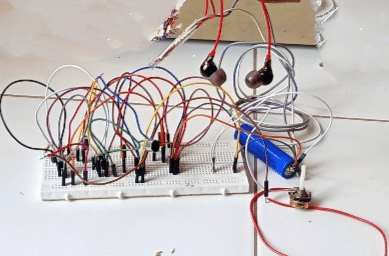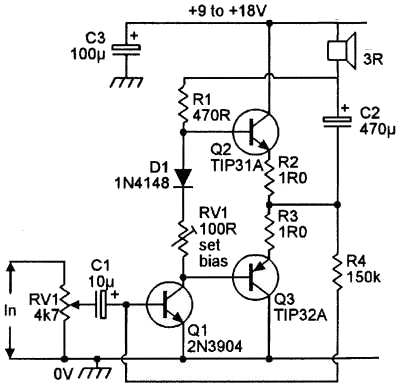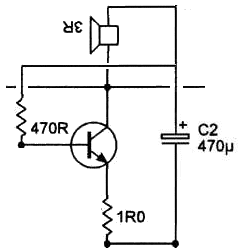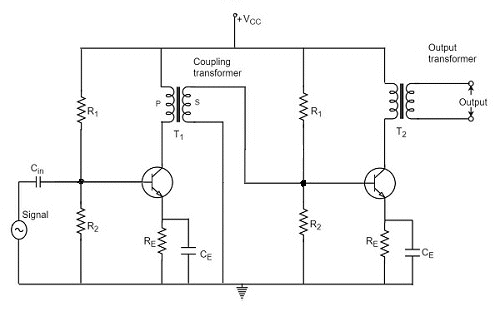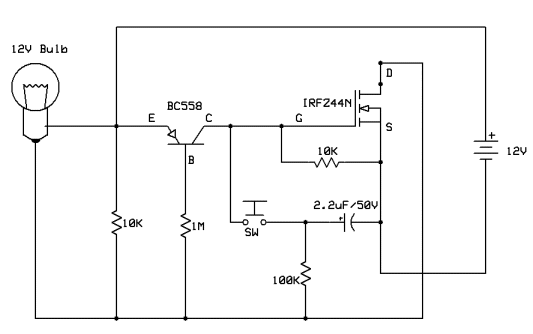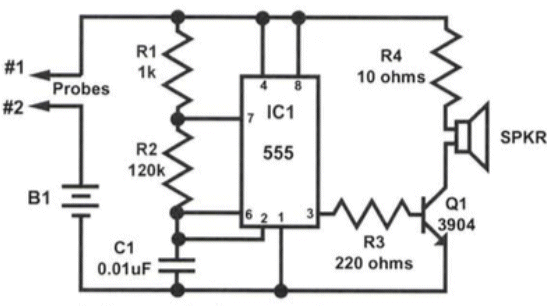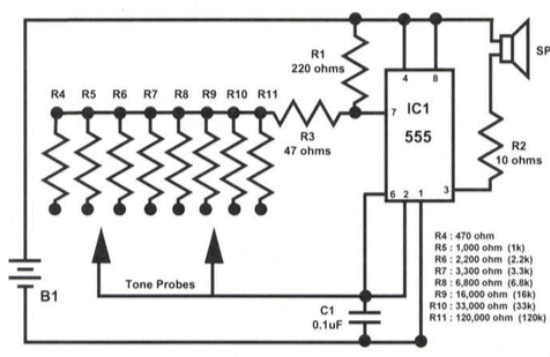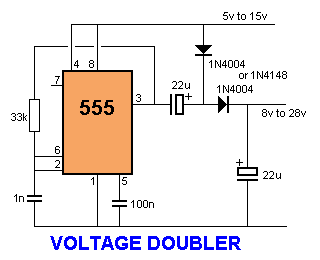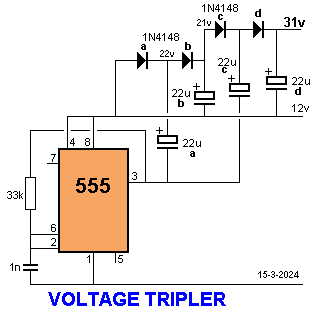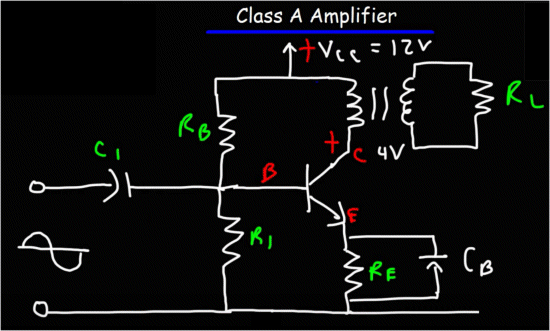SPOT
THE MISTAKES!
Page 33
Page 1
Page 2
Page 3
Page 4
Page 5
Page 6
Page 7
Page 8
Page 9
Page 10
Page 11
Page 12
Page 13
Page 14
Page 15
Page 16
Page 17
Page 18
Page 19
Page 20
Page 21
Page 22
Page 23
Page 24
Page 25
Page 26
Page 27
Page 28
Page 29
Page 30
Page 31
Page 32
Page 34
![]()
I am not against anyone building any of the circuits on my website
. . . and not buying a kit. In fact, if you build the project yourself,
and use junk-box components, it will cost you less and you will learn 10
TIMES MORE than buying a kit.
How do you think I learnt so much?
Kits were not available in my day.
And printed circuit boards had hardly been invented.
Everything was hand-wired on tag strips and then punched board came on
the market.
Then we got that terrible strip-board.
And finally expensive Printed Circuit Boards.
But if you make your own Printed Circuit Board and use salvaged
components (and get the circuit to work), you will have learnt things
from the BASIC LEVEL. Not the UNIVERSITY LEVEL where you pretend to make
a project and come out of a 6 year course without having to touch a
soldering iron . . and have the attitude that every circuit you design
will work first first-go.
All the successful people who have gone though my training have build
dozens . . if not hundreds . . of circuits and it is only by
construction that you gain an understanding of being able to look at a
circuit and see what is happening.

Here is the metal detector NAIL FINDER project from:
Hashem Pakdel
hashempakdel@gmail.com
![]()
Here is a Power Supply project from October
2019 issue of DIYODE magazine:
Let's see how many faults and bad-designs you can get in a single project.
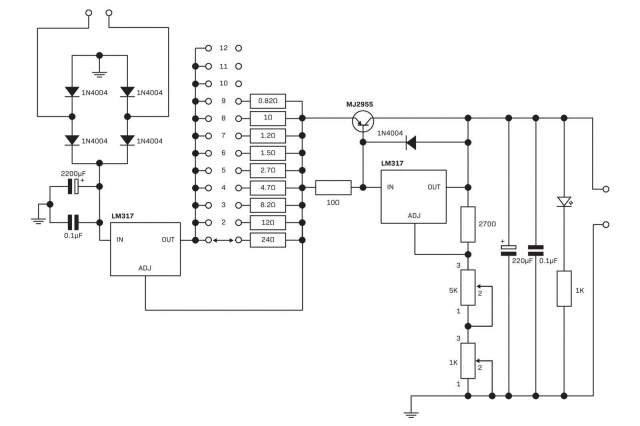


From first impressions, the
project looks ok. But when you look deeper, it is riddled with faults.
The most glaring mistakes are these:
The bridge rectifier diodes are 1N4004 for a 1.5 amp power supply. These
are 1 amp diodes.
The second mistake is the rotary switch. It is designed for currents up to 100mA
and the circuit requires 1.5amp to flow though the tiny contacts. They will be
destroyed in 10 minutes. The rotary switch needs to be replaced with a flying
lead and machine pins. At least they will not burn out.
The 2,200u electrolytic used in the project is 50v. You can see it is very
small and will have a very small ripple current capability.
When you use a high voltage electro, the ripple current capability is reduced.
The manufacturers cannot get high voltage and high ripple current into the same
package.
The current through the 0.82R and 1R will produce about 1.5watts of heat and
this heat will flow through the leads and if the pads on the circuit board are
not large, the solder will melt and the resistor will drop off.
The 4 diodes in the bridge are Schottky 3 amp diodes and normally they have a
low voltage drop across them. But I have used these diodes and found the
voltage-drop at high current to be nearly 0.9v. This means nearly 1.4watts will
be dissipated in two of the diodes when DC input is applied and the pads are so
small and isolated that the diodes will drop off the board.
When 19v DC is applied (as suggested in the article) and the output is 5v
@ 1.5amp, the losses in the project will be 18 watts.
I have not worked out where the losses will occur but it looks quite impossible
for the heatsinks in the photo above to dissipate this wattage.
The small heat fin is 2 watts, the medium fin is 5 watts max and the large fin
is 5watts because it is in an inefficient place. The heat is generated
UNDER the transistor not on the top and gluing a fin to the top will be very
ineffective. The bridge is 3 watts.
The 5k, 1k pots and 270R resistor on the second regulator will have the
capability of producing an output from 1.25v to more than 27v and thus the
project is using less than half the rotation of the pot to get to 12v.
The 10R resistor is 5watt. But the regulator will have to deliver only a small
current as the MJ2955 is doing all the work.
But here is the major fault with the circuit.
There is no electrolytic on the input of the second regulator. The regulator
needs something to "push against." Something rigid and stable so it can produce
a constant output voltage as the current-requirement of the load, varies. This
circuit has no electrolytic and the output variations will be enormous.
The circuit is worthless.
Nothing is marked on the top of the board. You would have absolutely no idea how
and where to place the components.
Normally, a LED has the voltage dropping resistor on the anode, so the cathode
is connected to the 0v rail. This just makes it easier to service.
I explained to the author of this project that it is a "dog-breakfast" with the
components all over the board and not following the layout of the circuit.
The project shows a complete lack of understanding of electronics and current.
The 10R resistor will pass about 60mA and 0.25watt will be suitable. The 0.82
and 1R can be much smaller. The rotary pot will burn out. The 5k pot will use
only a portion of its rotation, the PCB has no component markings . . .
just to mention a few.
If you look at Talking Electronics projects, you will see the layout of the
components follows the circuit and that makes it easy to service. This
project is just a jumble - a jumble of mistakes.
Here are a few points on what to expect from this power supply.
A LM317 is capable of delivering 1.5amp but the input voltage must not be higher
than 12v for an output voltage of 5v so the voltage across the regulator will be
7v and the current will be 1.5A, making a total loss of 10.5watt. If the losses
are higher than this, the regulator will get too hot, even though you may have a
very large heatsink, and it will close down and reduce the output voltage.
When operating correctly, like this, the output voltage will drop (fluctuate)
about 5mV to 25mV when the current fluctuates, from say zero current to 1 amp,
due to the regulator driving say a 5watt amplifier or a resistive load that is
being turned on and off.
The output will only have this low voltage-drop (fluctuation) if the input
voltage is stable and does not drop below 10v as the regulator needs 3v or more
across it AT ALL TIMES to provide the feature of a STABLE OUTPUT VOLTAGE.
If the voltage across the regulator falls below 3v, the fluctuations on the
output become enormous, so it is the 2v (up our sleeve) on the input that we are
relying on to maintain a low voltage-drop on the output.
Now the 2,200u on the input has the ability to store energy and if the input
voltage is AC, it will be getting 100 pulses of energy each second.
You have to remember, the AC on the input is rising and falling and some of the
time it is not present AT ALL. That's why the 2,200u is added to the circuit to
deliver during these parts of the cycle.
But the 2,200u really has very little energy and if you are taking 1.5amps, the
voltage across the electro will drop about 5v during part of the cycle. That's
why, to get a minimum of 10v for the regulator, you need to charge the electro
to 15v.
All this applies to a 5v output.
You can see, the 2,200u is really quite useless but when combined with the
3-terminal regulator, the regulator improves the performance of the electro
about 1,000 times. It's called an "electronic improvement," or "electronic
improver." It reduces the fluctuations (called "dips") that will be present on
the electro by not allowing the peaks on the electro to be passed to the output
and thus the output "thinks" the electro has say "10v across it at all times."
In other words the output thinks the electro has a constant, fixed, rigid
voltage across it at all times.
For any voltage above 5v, the same amount must be added to the voltage across
the electro. Thus for 12v out, the voltage across the electrolytic must be 22v.
Finally, the output voltage from a transformer has a rating. Say the
rating is 14v @1.5amp.
This is an AC rating and the output will be 14v when 1.5amp is flowing.
But the secondary winding of the transformer has resistance and when current is
flowing, there will be a voltage drop in (across) the secondary winding.
This drop may be 5v, so the manufacturer adds extra turns so the voltage is 14v
AC when 1.5amp is flowing. This means the output voltage will be 19v on NO
LOAD.
When this winding is connected to a bridge, the voltage gets converted to pulses
of DC and stored in the electrolytic. The conversion from AC to DC increases the
voltage 41%, minus about 2v drop across the diodes in the bridge.
These voltages must be taken into account when designing a power supply and some
of them are only known when you test a prototype.
The 220u on the output has almost no effect (no improvement) as we already
mentioned a 2,200u on the input sees a 5v drop.
If the regulator is not delivering a quality current and a voltage-dip of less
than 25mV, the 220u on the output will make no improvement. In fact it will not
alter the 25mV.
Here's another way to look at the circuit.
Suppose we have an electrolytic charged to 25v and it dips to 20v when
delivering a current (due to a bridge and AC input).
If we were able to "tap" it at say 18v, (or any voltage below 19v) the output
current would be perfect and no ripple-current would be present and no
voltage-dips would occur. But we cannot do this by simply connecting a
wire to the electro, so we need a 3-terminal regulator. The regulator is, in
effect, picking off the voltage of the electro at say 18v and delivering it to
the output.
![]()
THE END OF DIYODE MAGAZINE
Even though I have a sad story to tell about its attitude towards me, I still feel that Australia deserves a magazine for beginners.
No other country has produced the number of electronics magazines that Australia has outputted over the past 40 years and it shows the competence and attitude of Australians in the publishing world.
The one thing that has devastated this has been the proliferation of the web. It has outdone anything we could have envisioned and changed everything we do.
The notable change has been the demise of the publishing world and the change of paying for every piece of information, to a state where just about everything is instantly obtainable for FREE.
Websites used to charge a monthly fee and even a charge for data. All this is now free, thanks to the few providers who dedicated their time and effort into providing free information. This destroyed all the rogue subscription sites and all the "con-artists" who wanted to make a fortune out of beginners.
All these scams and shams have now disappeared and the internet is a free launch of articles and projects and information on every subject imaginable.
This being said, the launch of DIYODE magazine at a time when printed publications were almost a failed possibility, proved to be a "death sentence" from the start.
I had already closed down my magazine when the sales dropped from 14,000 to less than 10,000 and by the time DIYODE magazine launched, the newsagents has dwindled from 1,200 outlets to less than 400.
However the magazine came out with full colour and quality paper and tried to attract an audience around the Arduino microcontroller.
Many of the articles were quite complex and had a following of advanced enthusiasts, but they were not purchasers of new devices each month.
The only other area of the magazine was for beginners and this lacked the back-up of the availability of kits. This was the one secret to Talking Electronics Magazines success. Each project was available as a kit and this created very large number of sales each month.
At the beginning of the launch of DIYODE magazine, I contacted the editor and suggested I provide a couple of projects for each issue at NO COST and in return I would provide kits at very low cost.
This concept was flatly refused from the outset as the editor was horrified that I would be making a profit out of his venture.
Little did he know that the projects he was offering were not new and did not have the expertise in the text of the article to describe how the circuit worked and how to get it to work.
All the secrets to the success of my magazine were absent and DIYODE Magazine saw less than 2,000 sales per month. It was a losing venture from the start and I was surprised it lasted so long.
My input would have tripled the sales as I would have concentrated on model railway projects where the audience is 3 times larger than electronics beginners.
However, that's the KARMA from someone who thinks they know best and will not take any advice. The losses must have been enormous as I saw only 2 or 3 copies in the large newsagents and they were still on the shelves after 3 weeks.
"There is none so blind as those who will not see."
"You can take a horse to water . . . . "
The magazine is now gone and even my comment on the last page of their website was removed after a few days.
Of course they are angry. But incompetence, arrogance and ineptitude will always destroy someone who thinks he knows everything.
![]()
BATTERY PACK
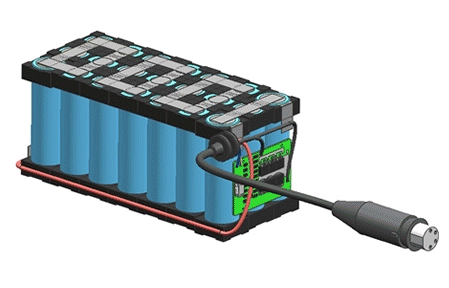
The battery pack has 6 cells in parallel and 3 cells in parallel.
What do you think is going to happen when you use the battery???
The amp-hr of the battery will be limited by the 3 cells. This
means the battery will only deliver about half the available amp-hr.
And the 4 pin plug will only handle 100mA. The battery will
deliver 30 amps !!!
Pity the artist did not understand what he was doing!!!!
![]()
CAMPING LIGHT
The circuit works perfectly but it contains a technical fault that needs
to be covered.
The emitter-collector junction of the BC557 and the base-emitter
junction of the 2N2222A are directly across the supply.
If, and when these junctions are fully saturated, they will try to have
a voltage across them of 0.2v and 0.7v If this were to occur, a very
high current would flow and both transistors would be destroyed.
The only thing preventing this is the bottom 2M2 resistor. It limits the
current through the base-emitter junction of the BC557 to about 1.5
microamps. If the transistor has a gain of 300, the emitter-collector
current will be 450uA (less than 0.5mA) and the transistor will not be
destroyed.
This is the same current that will flow in the base-emitter of the
2N2222A and is sufficient to turn on the transistor and drive the
circuit, but not get damaged.
The circuit does not have a timing capacitor and relies on the time
taken to saturate the inductor and then release its energy to the LEDs.
![]()
METAL DETECTOR
I posted a comment about
the 555 Metal Detector article and it was immediately removed. That's
what they do to all my comments.
The circuit is a copy of one on my website but it has 3 mistakes. The
2u2 is up-side down, the 100u to the speaker should be 10u and the 1k
pot will burn out. The coil has almost no details. Who winds a coil by
saying the wire is 57 metres long!! Why use 51k when a beginner has
enough trouble reading a 47k resistor.
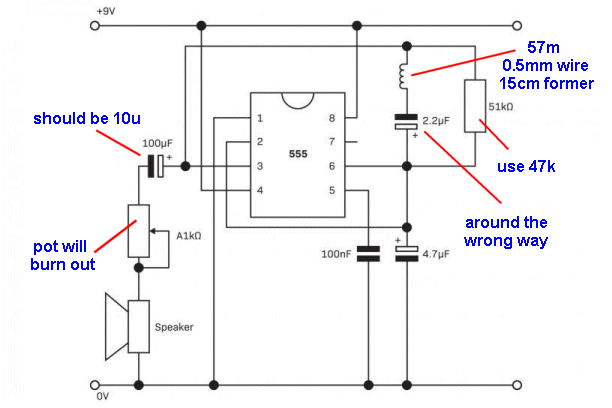
![]()
DELAY CIRCUIT
